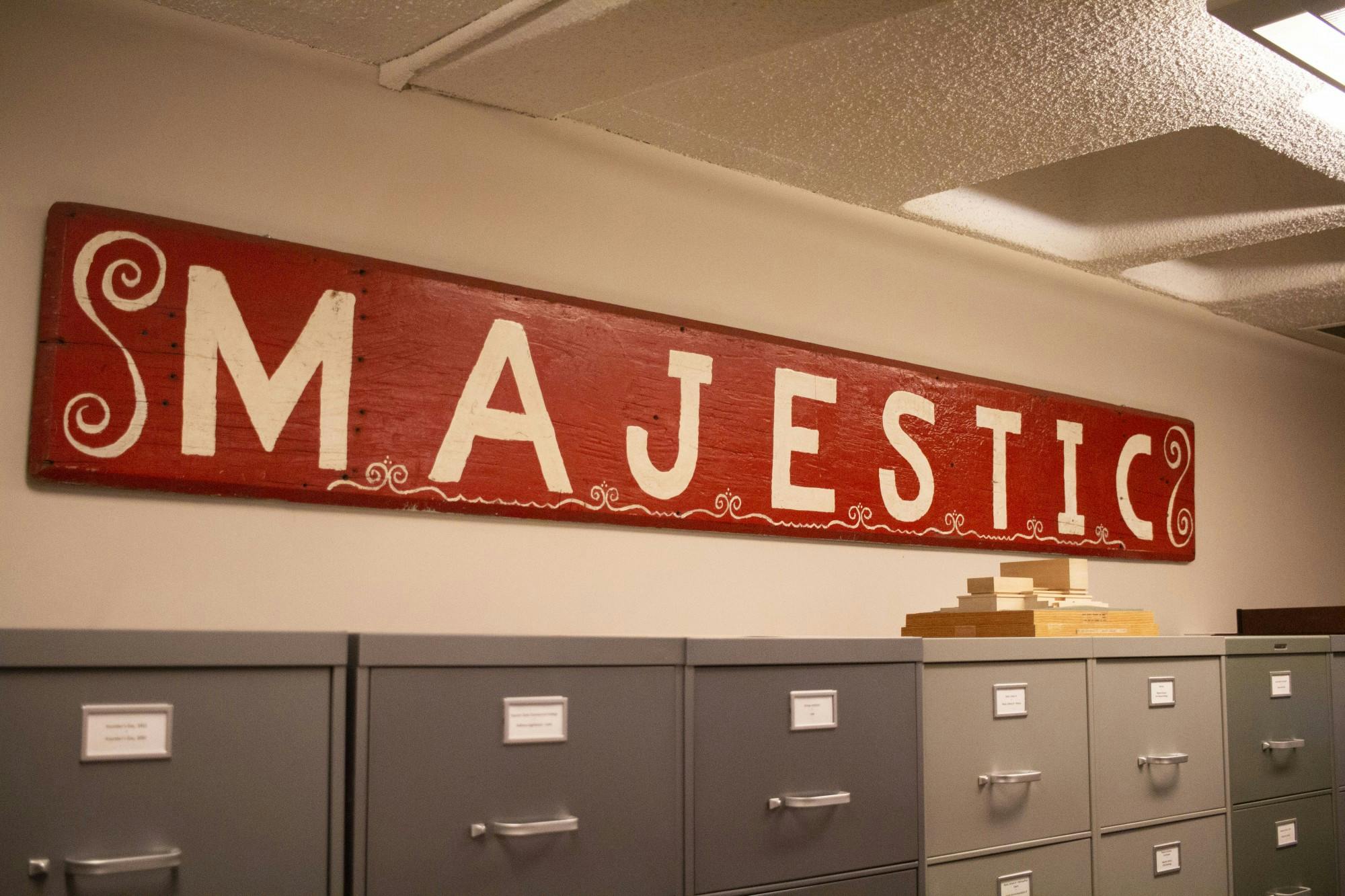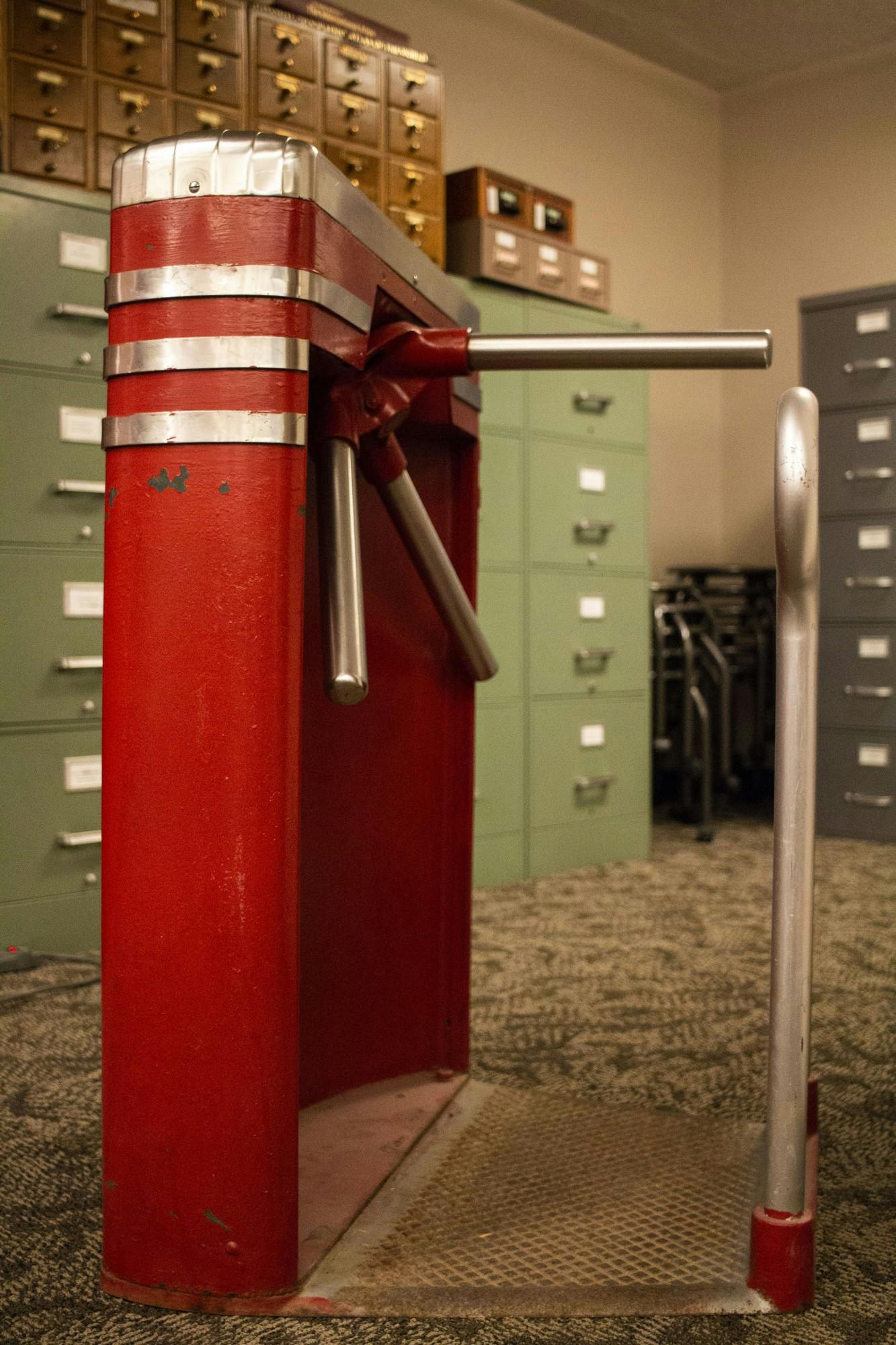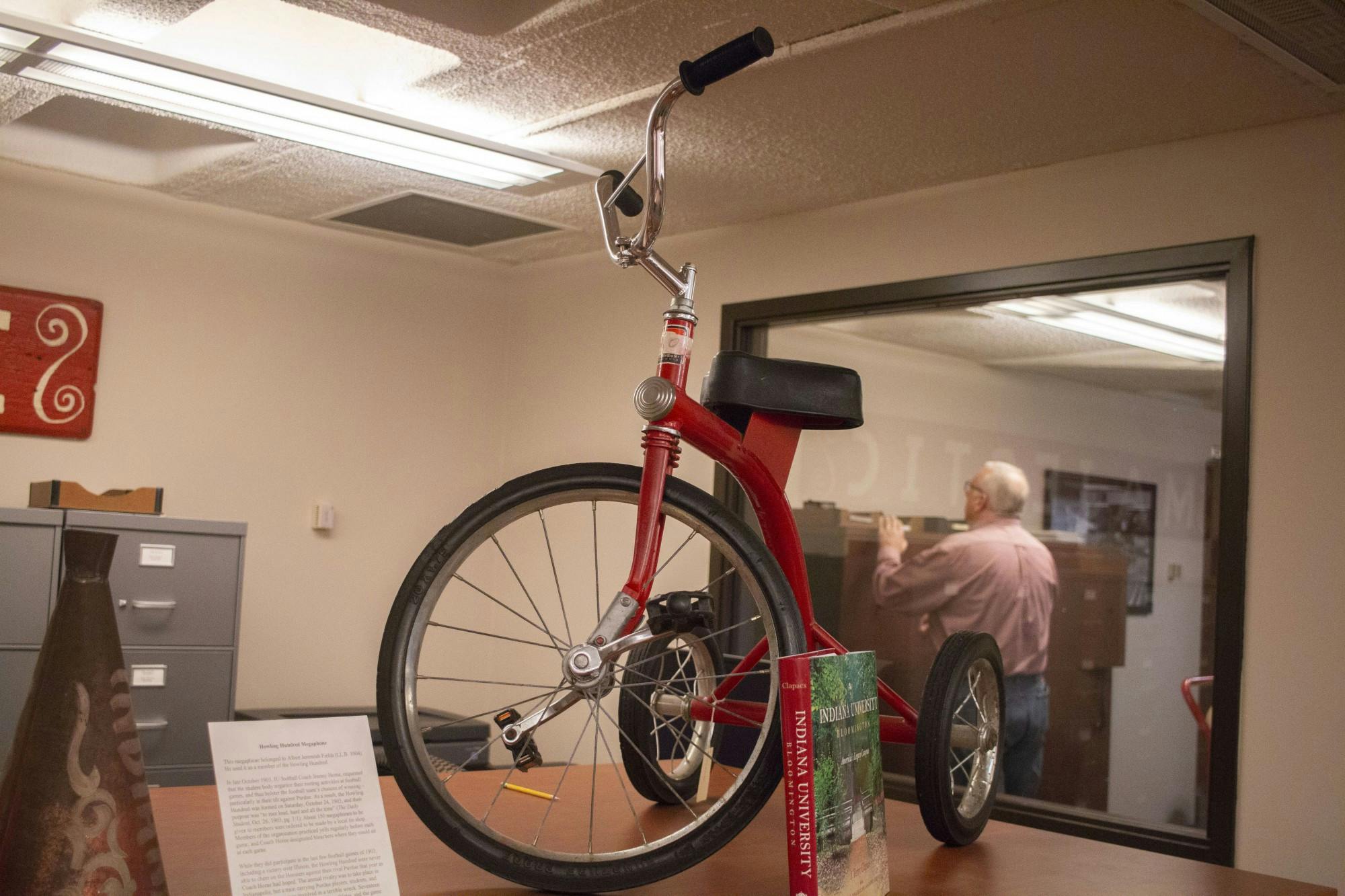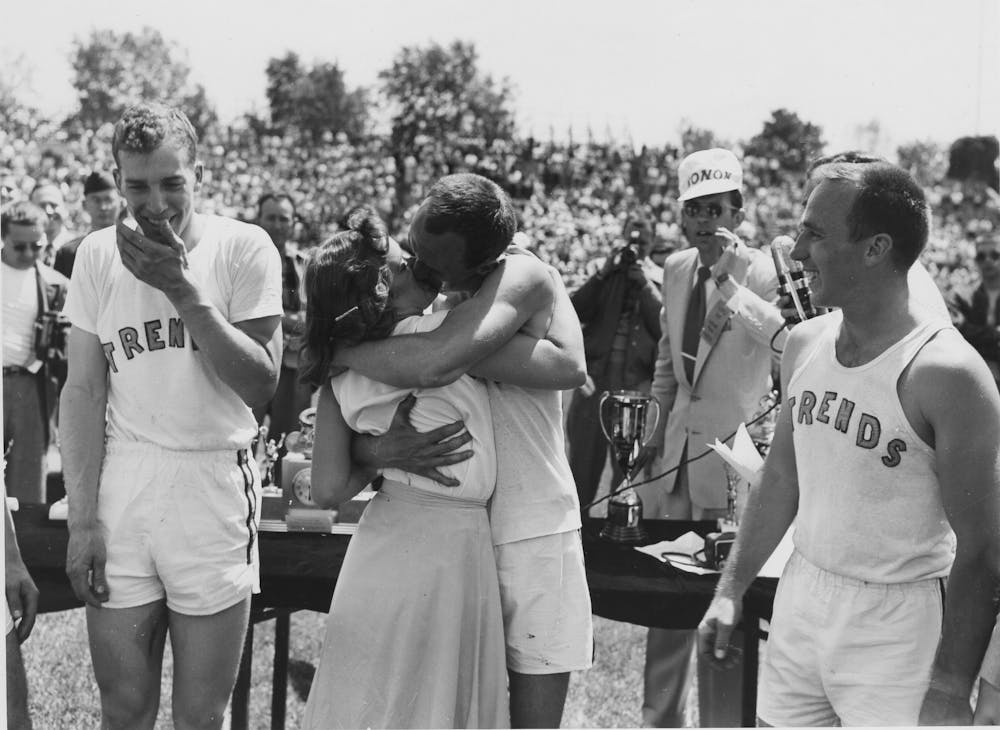The IU Archives, located in the Herman B Wells Library, is home to millions of photographs and documents. But that doesn’t mean they’ll take everything IU-related.
“We can only have so many IU coffee mugs,” IU Archives Director Dina Kellams said. “Our focus is on collection of things that have research value.”
The archives has collected papers, photographs and other items from the past 200 years. Kellams said you never know what you might find there.
The archives are open to the public. Here are some interesting items you might come across.
The 1833 Pering letter

One of the oldest pieces of history the IU Archives has is a letter from Cornelius Pering to the Edwards family in Chard, United Kingdom, dating back to Aug. 27, 1833.
Pering settled in Bloomington with his wife Suzanna earlier that year to teach at the Monroe County Female Seminary. In the letter, Pering talks about the differences in government, lifestyle and people between the U.S. and the United Kingdom.
There is also a description of what Pering called the “New College,” which was IU, known then as Indiana College. The letter was written using cross-hatching, which is when a letter is written first horizontally and then vertically over the top.
Pering watercolor paintings

Pering wasn’t just a teacher — he was an artist, too. Along with his 1833 letter to the Edwards family, Pering included miniature watercolor paintings of scenes from around Bloomington and “Indiana College.”
Charles Cushman photos

Charles Cushman, an IU alumnus and amateur photographer, donated approximately 14,500 Kodachrome color photograph slides to IU. The photos document life and nature around the U.S. and other countries from 1938-1969.
Clothing from the early 1900s
The IU Archives also houses old clothing like sweaters and scarves from the early 1900s. Fashion design classes have used these items as inspiration for more modern IU apparel projects, Kellams said.
Little 500 riding outfits
The first Little 500 race took place in May 1951. The South Hall Buccaneers was the first team to win the race that occurs during what has become known as “The World’s Greatest College Weekend.” The winning team's tank-tops and shorts can be found in the IU Archives.
The “Majestic” sign

During the 1960s, IU theater and acting students had the opportunity to spend a summer on a showboat called “Majestic” to practice and improve their acting skills. The boat was built in 1923 and sailed up and down the Ohio River.
The showboat was sold to the city of Cincinnati in 1967 and still floats in the Ohio River. Now, the original sign that adorned the showboat’s name can be found in the IU Archives.
Turnstile from Assembly Hall

Before Simon Skjodt Assembly Hall renovations were completed in 2016, people had to walk through turnstiles to get to basketball games. Turnstiles are those little machines with the bar you have to push in order to get through.
Though the turnstiles don’t have any research value, Kellams felt as though they were important and iconic enough to IU to save one from being auctioned at the IU Surplus Store.
Mini 500 tricycle

Women were excluded from participating in the Little 500 race for almost 40 years. Instead, they could participate in the Mini 500 trike race. The Mini 500 lasted from 1951 to 1988, until the first women’s race took place and the trike race disappeared. Now, the IU Archives is home to one of the tricycles.
For more information on what can be found in the archives, visit the office from 8 a.m. to 5 p.m. Monday through Friday in the Herman B Wells Library, or visit the archives online.




